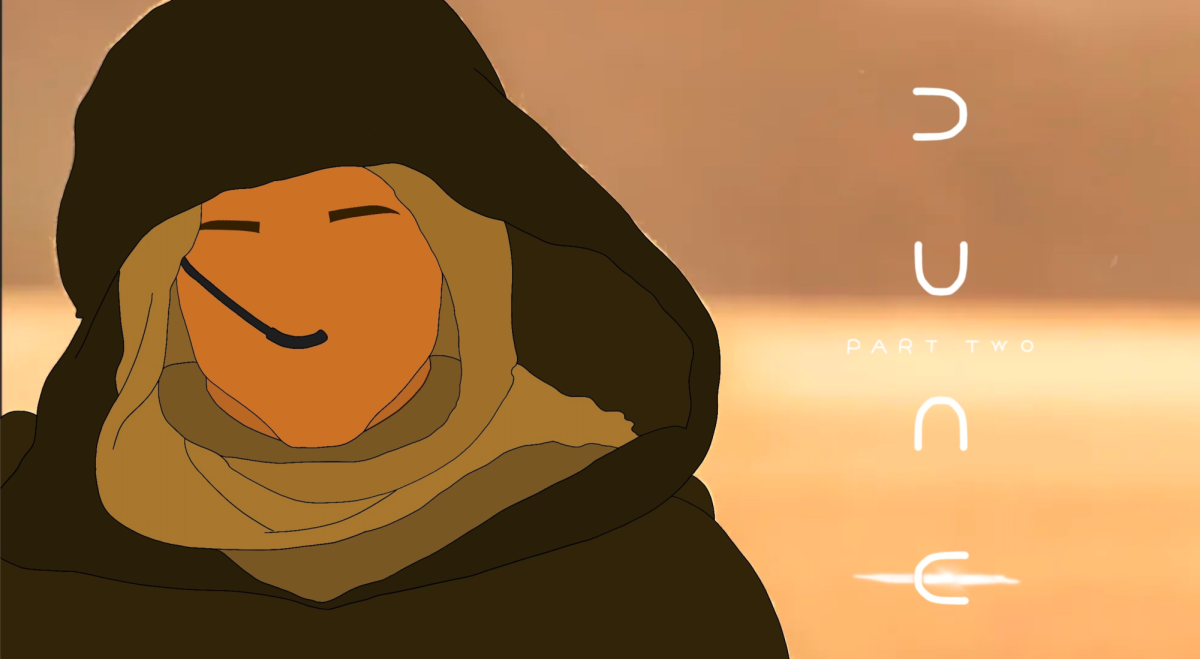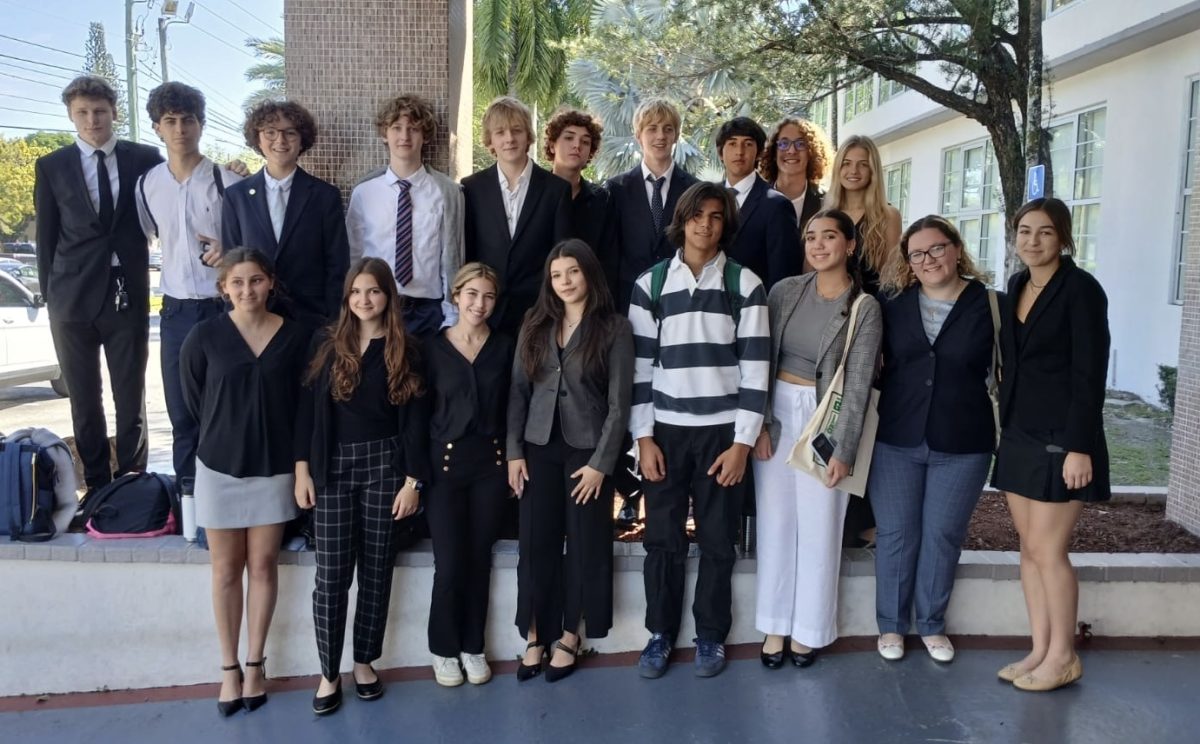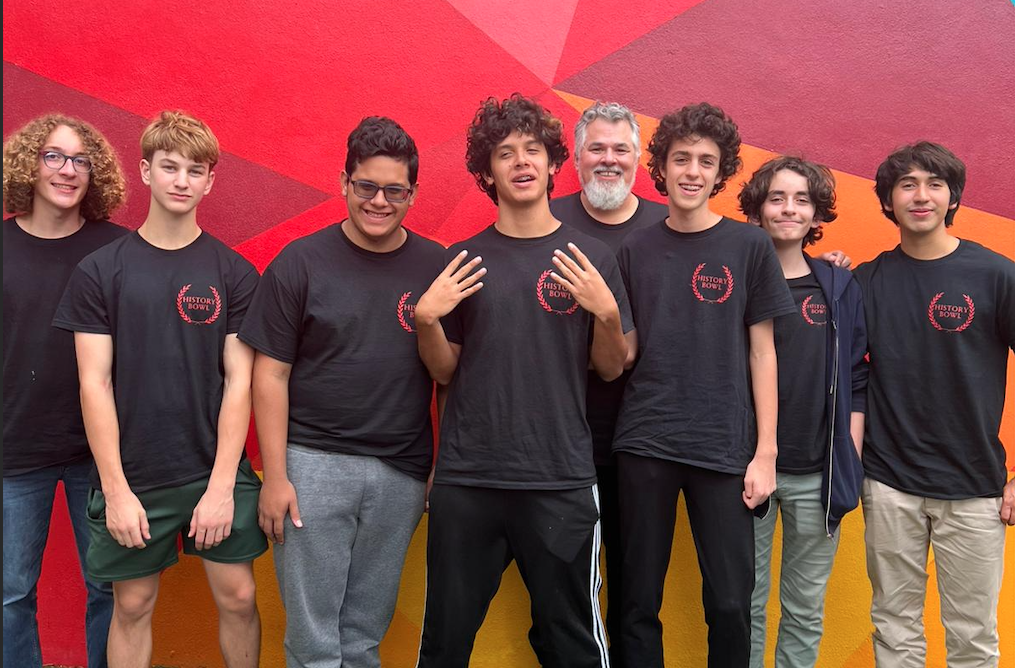Release Date: March 1, 2024
Director: Denis Villeneuve
MPAA Rating: PG-13
Rating: 9.5/10
Dune 2 is the second film in a trilogy series based on Frank Herbert’s Dune novels. The sequel film is a cinematic marvel that defines the trilogy, portraying the complex sci-fi story of Dune through scenic cinematography, vivid world-building and authentic character development. Dennis Villeneuve and Greig Fraser, who won a cinematography Oscar for the first movie, surpass their already high standards as they experiment with light and texture on the desert planet. Using extensive computer-generated imagery, the director brings the alien world to life.
“The cinematography in Dune 2 was breathtaking. From the early minutes to the climax, the movie was consistently awing the viewer with spectacles of color and light. I enjoyed the movie’s aesthetic and visual storytelling more than anything,” freshman Nicolas Soto said.
Dune is set on the desert planet Arrakis and follows Paul Atreides, played by Timothée Chalamet, and his mother Jessica, played by Rebecca Ferguson. Chalamet captivates the audience with masterful juxtaposition of emotional expression as he starkly transitions from rage to silent calm. Ferguson displays the intellectual superiority of her character as she detachedly delivers her pragmatic lines. Supporting actors elevate the plot and give realism to the futuristic story.
“The acting in both movies was very well done, especially from Rebecca Ferguson who used intentional micro-expressions and body language to convey her character. The casting was in accordance to the books and the actors played their roles to perfection. I liked how the second movie was more fast paced and had more action,” sophomore Lucia Astorga said.
Dune 1 focuses on the shift of planetary ownership as House Atreides, a galactic power, is gifted the planet Dune by the Emperor of the known universe. Dune 2 follows the journey of Paul as he assimilates with the native people, the Fremen, while his mother submerges herself into the religion of their culture.
Contrastingly, the antagonist Feyd-Rautha, played by Austin Butler, demonstrates the immoral and sadistic nature of the unforgiving universe. The unsettling antagonists of Dune 2 enthrall the audience as the magnitude of their brutality astounds spectators. The character design, wardrobe, music and cinematography all contribute to the engrossing acting performances of the villains in Dune 2.
The plot encompasses Paul as he festers with vindictive fervor, constantly reminded of the events of the first film, including his betrayed people and murdered father. Underlying tones of corruption plague Paul’s character as he is allured by power and intoxicated by its promise for revenge.
“I think characters in the movie underwent character development and showed a noticeable transition from the first movie to the second. I really liked Paul’s character, who is introduced as the hero of the story but slowly changes into an anti-hero as power gets to his head. The plot and script work well with the characters and their actors,” freshman Erik Hjelm.
The engaging plot finalizes with a knife duel between Feyd-Rathau and Paul. As the sun sets on the fight for the Empire, the battle scene is illuminated in vibrant orange, elevating the fighters’ agile movements. Through dynamic camerawork the rapid combat is captured beautifully, encapsulating the two characters and intensifying their clash to the death.
The final minutes of Dune 2 are as cinematographically aesthetic as they are impactful, enthralling the viewer as the tension built by two films is relieved in a matter of minutes. Dune 2 differentiates itself from standard hero archetypes by introducing a character that initially acted with noble intentions but over time became consumed with revenge and power. The first movie captures the virtuous qualities within Paul, the second his transition into a leader intoxicated with power and the last, the atrocities and war he will commit to maintain his new-found power.
“Dune 1 was amazing and the second movie was even better. The director shot both movies during the same time period, which maintains a similar setting throughout the trilogy. The cinematography was beautiful, I was amazed at the artistic capability that the cinematographers could achieve when given time to perfect their work,” Mr. Khan said.











